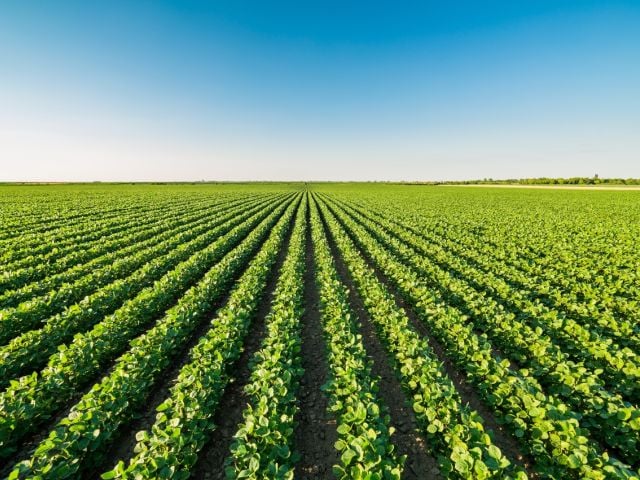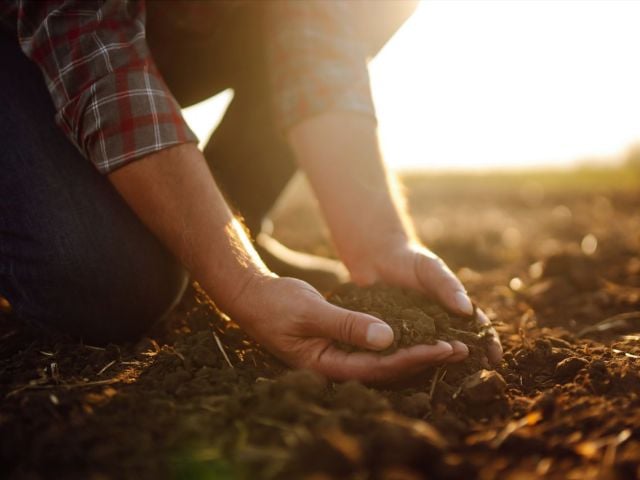Washington, D.C., Oct.2—A bid to establish a dedicated trust fund to compensate farmers and ranchers who suffer weather damage to crops and livestock would direct most of the funds to a handful of states where agricultural disaster “emergencies” are in fact routine, virtually annual occurrences, primarily because of low rainfall.
These same states are among the biggest recipients of crop subsidies, conservation aid, and federally subsidized crop insurance claims, according to a new analysis of disaster aid payments released today from the Environmental Working Group.
This week the Senate Finance Committee reportedly will consider a permanent trust fund that would set aside $5 billion that could be paid in disaster aid to farmers and ranchers without resort to ad hoc legislation.
EWG examined the history of disaster aid payments to the 20 states currently represented on the Senate Finance Committee and found that over the past 21 years, those states have collected some $9 billion in ad hoc disaster payments, roughly one-third of the $26 billion total paid nationwide. However, just four states on the committee collected 55 percent of that $9 billion (North Dakota, Kansas, Iowa and Montana). Future disaster aid is expected to follow the same pattern.
“Our analysis raises the question of whether it is fair to designate such a large portion of revenues to a single purpose that mostly benefits just a few states on the committee,” said EWG president Ken Cook. “Other states represented on Senate Finance have higher priority agriculture-related needs for such funds, including conservation, rural development, or specialty crop agriculture,” Cook added.
“These other priorities have never been funded through ad hoc assistance and are, in fact, perennially short-changed by federal farm and appropriations policy decisions. Indeed, in recent years, conservation and other programs have had their funds cut in order to pay for disaster aid,” Cook stated.
The concentrated, predictable, repetitive nature of agricultural disaster aid among a few states with perennially poor growing conditions also raises the question of whether the time has come for states to assume a primary role in providing agricultural disaster assistance within their borders, the EWG analysis found.
The full report is at https://www.ewg.org/reports/disasterwaiting.
# # #
The EWG is a nonprofit research organization based in Washington, DC that uses the power of information to protect human health and the environment. Visit http://www.mulchblog.com to learn more about the EWG’s farm subsidy analysis.



